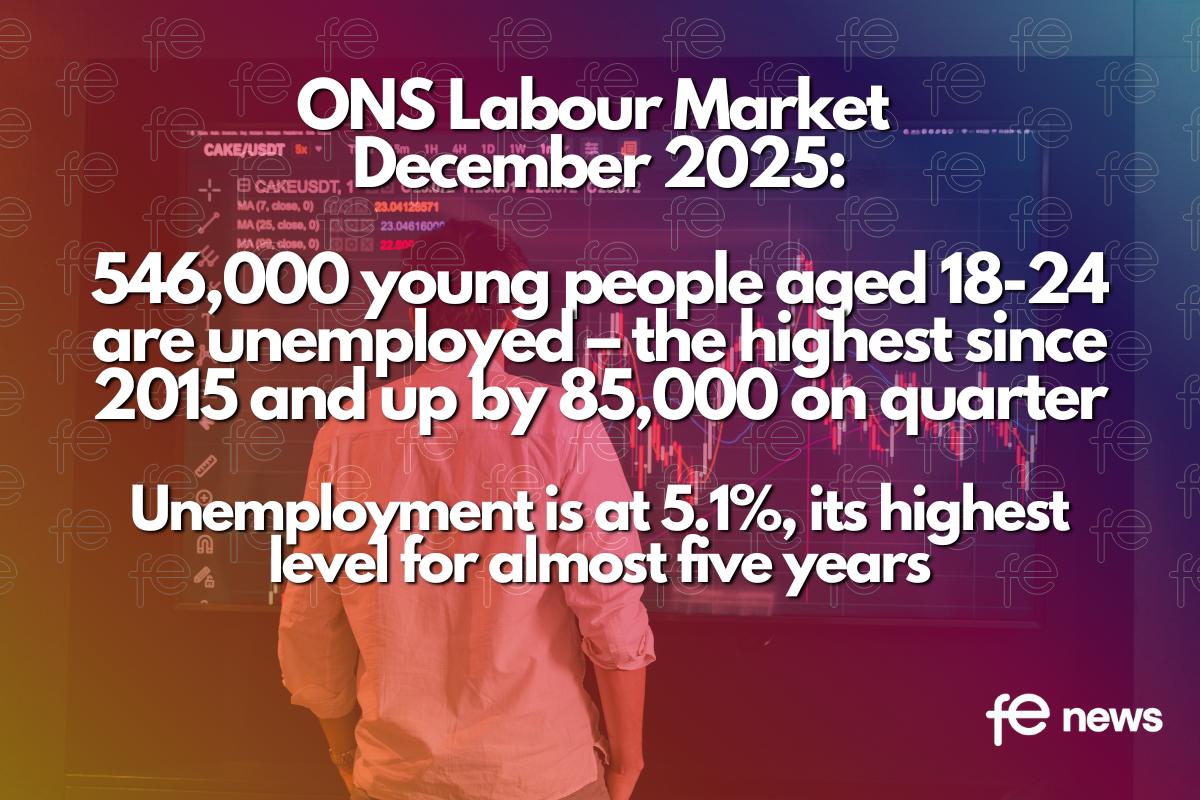Reducing Gender Inequalities in Engineering Apprenticeships

Earlier this year Holly Broadhurst, a Design Engineer from JCB Compact Products won the Higher and Degree Apprentice of the Year Award at the National Apprenticeship Awards.
In recounting her story, Holly spoke of the importance of having a female lecturer at JCB Academy: “As a woman within engineering, she was a great role-model to encourage me into the industry.” In winning this award, Holly has in turn, become a role model for others.
Ensuring that we have positive female role models, is just one of many strategies being pursued to help increase the proportion of women in engineering – where currently 9% of the workforce is female.
But how well is this working? In 2014/15 just 600 of the 17,500+ people starting an engineering apprenticeship were female – that’s fewer than 3.5%. Unless we change this, then there is a significant risk that rather than widening opportunities for women and girls, the apprenticeship programme could instead exacerbate the gender bias within the sector.
Earlier this month, Learning and Work Institute celebrated International Women’s Day by focusing on how we might encourage more women into engineering apprenticeships, drawing on research that we are currently undertaking with the Gatsby Charitable Foundation.
As Jenni French, Gatsby Programme Manager said: “Although women are under-represented in many STEM areas, it is particularly stark in engineering apprenticeships. Not only does this lead to inequalities in pay but this gender imbalance has significant implications for the supply of skills into the economy.”
Our analysis of apprenticeship application data shows that more women and girls have applied to do an engineering apprenticeship than previously thought. But while applications from women are just as likely to be successful as those from men, women submit far fewer applications in this sector – thereby giving themselves less chance of success. Only 25% of women who unsuccessfully apply for an engineering apprenticeship try again. In contrast, men tend to be more persistent.
The data show that male applicants interested in engineering roles are more likely to concentrate their applications here, while women are more likely to spread their applications across a range of sectors. It is therefore unsurprising that, even among those who might consider a career in engineering, far more men are able to secure an apprenticeship.
The research suggests that if we are serious about increasing the number of women in engineering apprenticeships – then as well as inspiring more women and girls to apply in the first instance – we also need to explore what we can do to encourage unsuccessful female applicants to have another go.
Dr Fiona Aldridge, Assistant Director for Research & Development, Learning and Work Institute.
To find out more about, or to contribute to this research, please email Dr Aldridge.











Responses